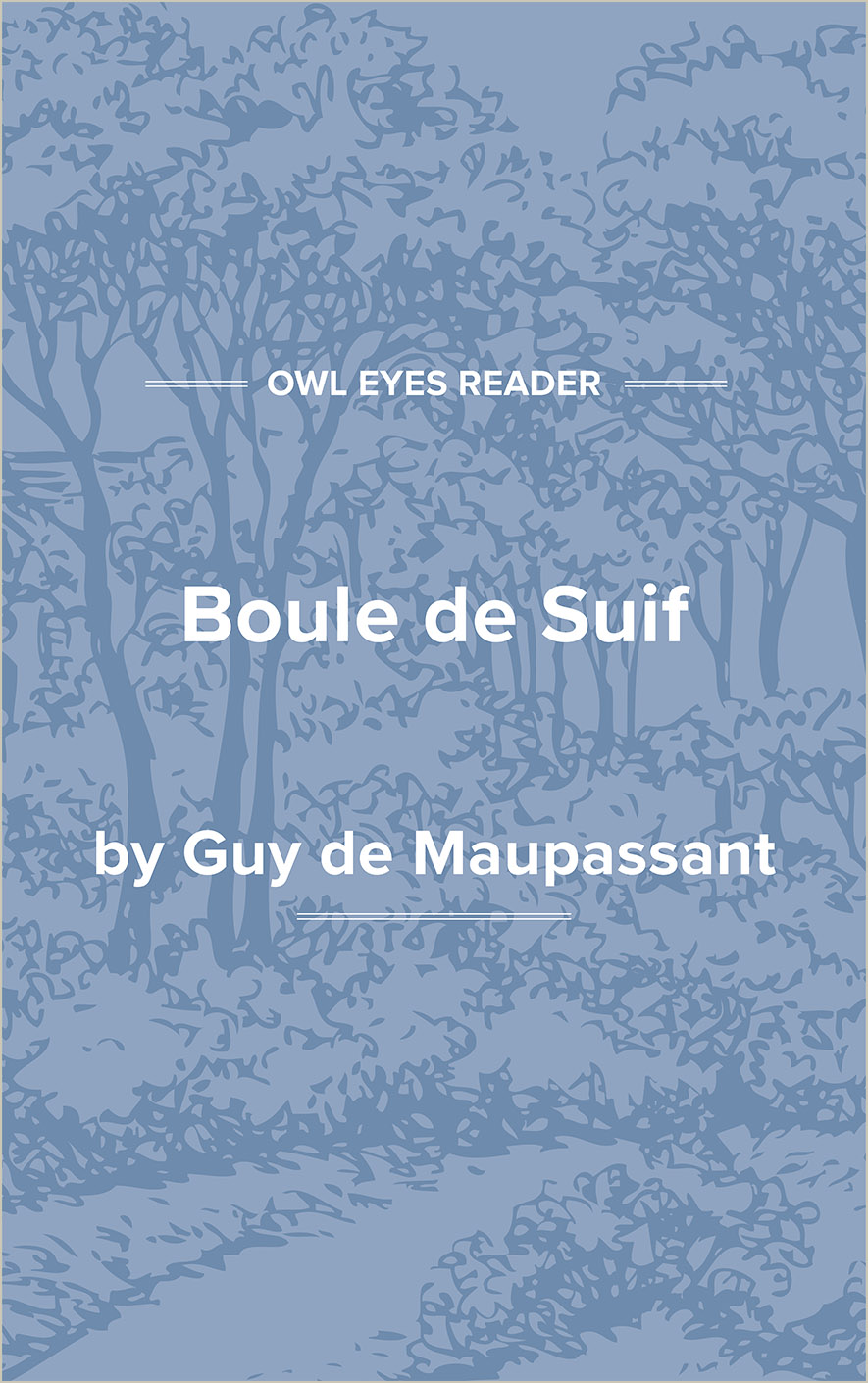Guy de Maupassant Biography
Henri-René-Albert Guy de Maupassant (moh-pah-sah), born on August 5, 1850, at Château de Miromesnil, was descended from an old French family; his grandfather was a wealthy landowner in Lorraine, and the writer’s father was a stockbroker in Paris. As a boy, Maupassant went to school at Yvetot, in Normandy, and later attended the lycée at Rouen. During his childhood and youth in Normandy he observed and absorbed a great deal of the life he was later to use so effectively in his fiction.
Significant in the author’s life was the separation of his parents when he was eleven years old. His mother, a sister of a close friend of Gustave Flaubert, turned to Flaubert for advice after her husband had left her. That association brought Maupassant into French literary circles. Although he was often a member of gatherings that included such famous writers of the nineteenth century as Flaubert, Ivan Turgenev, Émile Zola, and Alphonse Daudet, he seems to have had little interest at the time in a writing career for himself; as an adolescent he was much more interested in sports, especially rowing.
Maupassant’s education was interrupted by the Franco-Prussian War, in which he served as a member of the French army. After the war he entered the French civil service, first with the Ministry of the Navy and later with the Ministry of Public Instruction. During the years between 1873 and 1880 he also served a literary apprenticeship under the tutelage of Flaubert. A volume of poetry, Romance in Rhyme, attracted little attention, except to involve its young author in a lawsuit.
Maupassant, realizing his weakness as a poet, concentrated on developing his powers as a writer of prose fiction. Within a short time “Boule de suif,” a short story or conte, appeared in Les Soirées de Médan (1880), a collection of tales which included work by such recognized authors as Zola and Joris-Karl Huysmans. Maupassant’s story about the Franco-Prussian War outshone all the others, and the author’s reputation was made. The lessons he had learned from Flaubert—precision, conciseness, characteristic and accurate detail—had proved their value, and the work is considered Maupassant’s masterpiece in the genre. Following up his success with vigor, Maupassant published more than thirty volumes of short stories, plays, novels, and travel sketches within the ensuing decade. The first collection of short stories published under his own name was Madame Tellier’s Establishment, and Short Stories, which appeared in 1881.
Mademoiselle Fifi, and Other Stories, a particularly fine collection of short stories, added weight to Maupassant’s growing reputation and popularity in 1882. Like most of his volumes of stories, it contained a relatively long title story and a group of shorter pieces. A Woman’s Life was Maupassant’s first novel. As an example of naturalism in literature, it is a masterpiece. In it is portrayed the life of a Norman woman of the nineteenth century, and disillusionment and heartbreak are presented with the naturalistic writer’s objectivity and frankness. Censorship of this book only increased its popularity, thus contributing to Maupassant’s financial success with the novel and another collection of stories, Contes de la bécasse, published in the same year, as was Clair de lune. The material success he enjoyed as a writer enabled Maupassant to leave the French civil service.
In 1884 and 1885 Maupassant produced a great deal of fiction of very high caliber. To those years belong the short-story collections Miss Harriet, and Other Stories; The Sisters Rondoli, and Other Stories;
(The entire page is 886 words.)
Owl Eyes subscribers get unlimited access to our expert annotations, analyses, and study guides on your favorite texts. Master the classics for less than $5/month!

